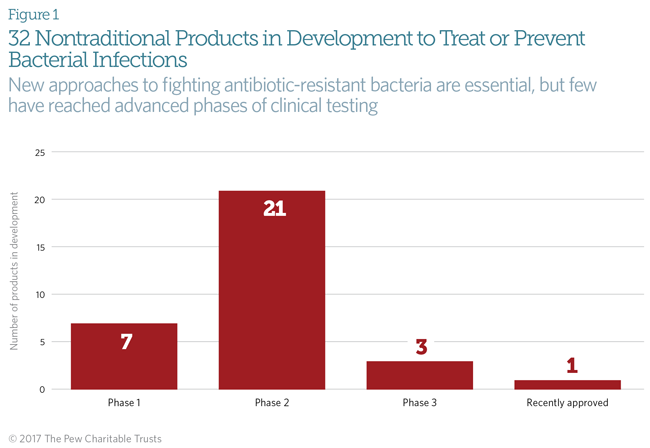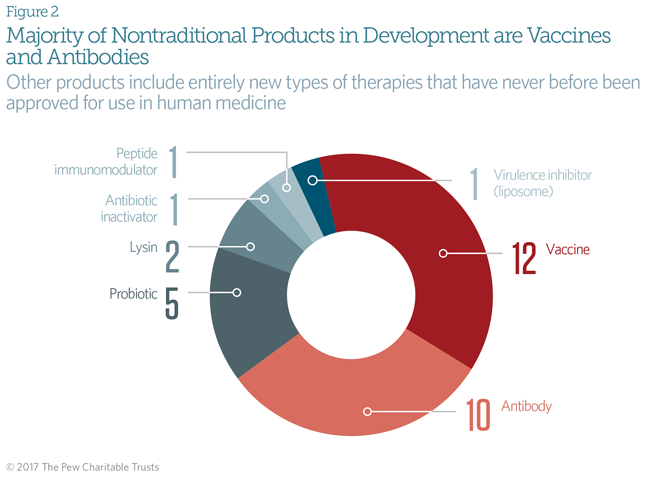NIH Funding Supports Research on Nontraditional Approaches to Fighting Superbugs
The National Institute of Allergy and Infectious Diseases (NIAID), part of the National Institutes of Health (NIH), recently announced a new funding opportunity to support scientists who are researching nontraditional products to treat or prevent bacterial infections. The funding is part of the agency’s sustained commitment to drive urgently needed innovation in developing new ways to combat resistant bacteria, and it follows a related NIH announcement earlier this year on funding for targeted antibiotic research.

Nontraditional approaches encompass a wide-ranging group of antibacterial products that differ substantially from existing antibiotics. The new funding specifically supports milestone-driven research to advance the discovery and development of vaccines and antibodies that target three of the most dangerous Gram-negative pathogens: carbapenem-resistant Enterobacteriaceae, multidrug-resistant (MDR) Acinetobacter, and MDR Pseudomonas aeruginosa. Both vaccines and antibodies have proved effective against other diseases, and researchers hope they hold promise for the prevention or treatment of systemic (throughout the body) bacterial infections as well. Today, nearly two-thirds of the nontraditional products in clinical development are vaccines or antibodies, but only a handful of products have made it to market, and few of those in development target the most difficult-to-treat bacterial infections—those caused by Gram-negative ESKAPE pathogens.

Pew’s Scientific Roadmap for Antibiotic Discovery identified as a top priority the need for this type of targeted research funding to support key proof-of-concept studies that bridge the divide between translational science and early-stage product development. NIAID’s commitment to spending $7 million on five to 10 awards for new products that treat or prevent infections caused by Gram-negative pathogens will help decrease the need for antibiotics, reduce the emergence of resistance, and bring new options to patients and doctors.
Kathy Talkington directs The Pew Charitable Trusts’ antibiotic resistance project; David Visi works on the project.








